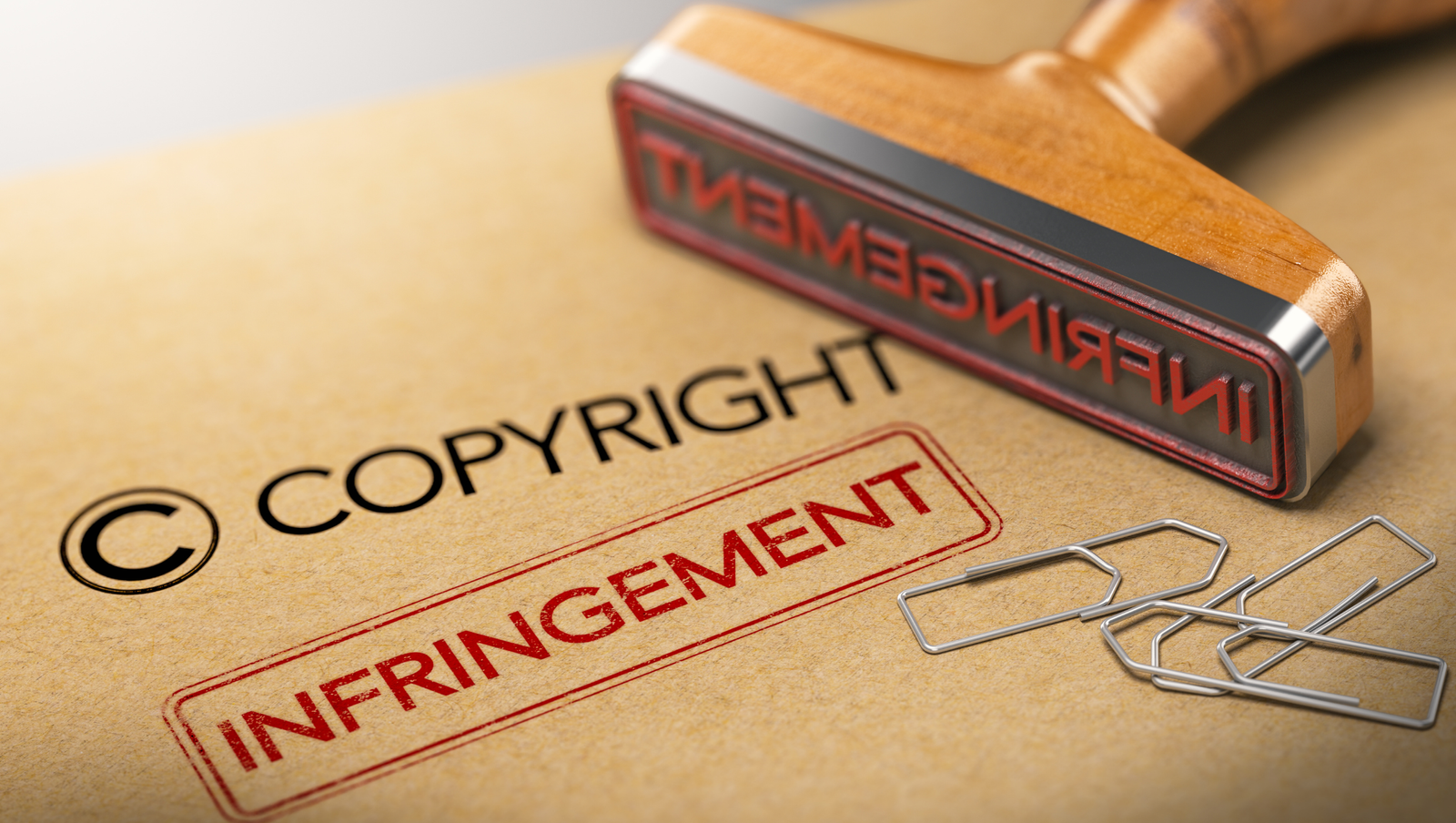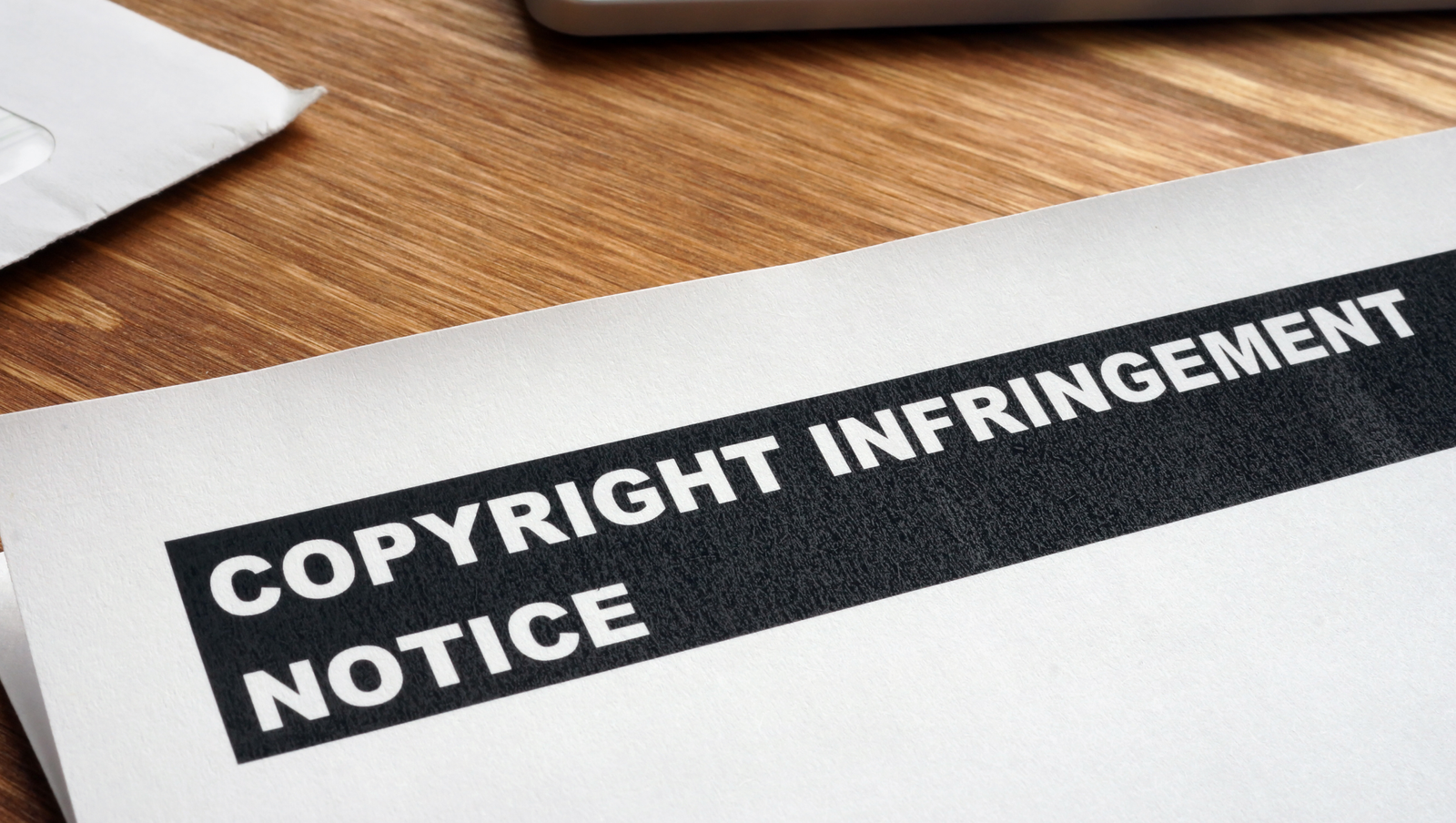The Intellectual Property Code of the Philippines is governed by Republic Act No. 8293, which prescribes the law and establishes the Intellectual Property Office of the Philippines (IPOPHL). One of the legal protections under the Act is copyright, denoted by the © symbol. According to the Intellectual Property Code, copyright safeguards literary and artistic works, including derivative works, from any infringement. Therefore, anyone who infringes another’s intellectual creation may be held liable for copyright infringement.
What is Copyright Infringement?

Copyright infringement occurs when you use a copyrighted work without the permission of the copyright owner. This includes actions such as copying of the work, distributing copies to the public, renting or lending it, publicly performing or displaying it, or communicating it to others. Additionally, you may be liable for copyright infringement if you import, possess, or distribute infringing copies of the work, or provide tools that enable others to create infringing copies. Simply adding your own content to the original work, including a disclaimer of ownership, or giving credit to the copyright holders does not absolve you from infringement.
What Works Are Protected by Copyright?
Both original and derivative works are protected under copyright law. In accordance with Section 172 of the IP Code, the following original literary and artistic works are protected by copyright:
- Books, pamphlets, articles and other writings;
- Periodicals and newspapers;
- Lectures, sermons, addresses, dissertations prepared for oral delivery, whether or not reduced in writing or other material form;
- Letters;
- Dramatic or dramatico-musical compositions;
- Choreographic works or entertainment in dumb shows;
- Musical compositions, with or without words;
- Works of drawing, painting, architecture, sculpture, engraving, lithography or other works of art;
- Models or designs for works of art;
- Original ornamental designs or models for articles of manufacture, whether or not registrable as an industrial design, and other works of applied art;
- Illustrations, maps, plans, sketches, charts and three-dimensional works relative to geography, topography, architecture or science;
- Drawings or plastic works of a scientific or technical character;
- Photographic works including works produced by a process analogous to photography;
- Lantern slides;
- Audiovisual works and cinematographic works and works produced by a process analogous to cinematography or any process for making audio-visual recordings;
- Pictorial illustrations and advertisements;
- Computer programs; and
- Other literary, scholarly, scientific and artistic works.
Moreover, according to Section 173 of the same Code, the following derivative works are protected by copyright:
- Dramatizations, translations, adaptations, abridgments, arrangements, and other alterations of literary or artistic works; and
- Collections of literary, scholarly or artistic works, and compilations of data and other materials which are original by reason of the selection or coordination or arrangement of their contents.
What Works Are Not Protected by Copyright?
According to Section 175 and 176 of IP Code, the following works are not protected by copyright:
- Ideas, procedures, systems, methods, or operations, concepts, principles, discoveries or mere data as such, even if they are expressed, explained, illustrated or embodied in a work;
- News of the day and other miscellaneous facts having the character of mere items of press information;
- Official text of a legislative, administrative or legal nature, as well as any official translation thereof;
- Work of the Philippine Government, however prior approval by the appropriate government office or agency is required for exploitation of such work for profit
How Long Does Copyright Protection Last?
In the Philippines, the duration of copyright protection lasts during the lifetime of the author, plus an additional fifty (50) years after the death of the author.
In cases of works of co-authors, the economic rights shall be protected during the lifetime of the last surviving authority and for fifty (50) years after the latter’s death.
In cases of anonymous or pseudonymous works, the copyright shall be protected for fifty (50) years from the date on which the work was first lawfully published.
Works of applied art, such as original ornamental designs or models for articles of manufacture, whether or not registrable as an industrial design, are protected for a period of twenty-five (25) years from the date of making.
Photographic works are protected for fifty (50) years from publication or making it unpublished.
Audiovisual works for fifty (50) years from the date of publication or making if unpublished.
How Do I File a Case Against an Infringer?
The copyright holder can file a criminal, civil, or administrative case for copyright infringement. A criminal case must be filed before the Department of Justice or Prosecutor’s Office where the violation occurred. While a civil case shall be filed in the Regional Trial Court designated as Special Commercial Courts, where the defendant or the plaintiff resides, depending on the plaintiff’s preference. For an administrative case, it must be filed with the Bureau of Legal Affairs at the Intellectual Property Office of the Philippines.
Furthermore, before the court’s final judgment, the copyright owner may elect statutory damages with an amount not less than PHP50,000.00. If the infringer was unaware or had no reasonable belief that their actions constituted copyright infringement, the court may reduce the statutory damages to no more than PHP10,000.00.
What are the Penalties for Copyright Infringement?
Any individual who was found infringing, aiding, or abetting such infringement shall face imprisonment and penalties under Section 217 of the IP Code:
- For the First Offense: Imprisonment of one to three years, and a fine of PHP 50,000.00 to PHP 150,000.00.
- For the Second Offense: Imprisonment of three years and one day to six years, and fine of PHP 150,000.00 to PHP 500,000.00.
- For the Third and Subsequent Offense: Imprisonment of six years and one day to nine years, and a fine of PHP 500,000.00 to PHP 1,500,000.00.
- In all cases, subsidiary imprisonment in cases of insolvency.
What Should You Do if You Receive a Copyright Infringement Notice?

If you have received a copyright infringement notice, it is important to consult with a lawyer. They can help you evaluate the merits of the claims, verify the authenticity of the notice, and provide legal advice on the best course of action. A response to the notice is required, and a lawyer can assist you in drafting it. If the claim is weak, you may consider submitting a counter-notice or a formal response disputing the allegations. However, if the claim is strong, negotiating a settlement or resolution might be the most practical and cost-effective option. A lawyer can also represent your interests in court and ensure that your rights are protected.
Need further information and assistance regarding Copyright Infringement? Talk to our team at Duran & Duran-Schulze Law in BGC, Metro Manila, Philippines to know more about the requirements and process. Call us today at (+632) 8478 5826 or +63 917 194 0482, or send an email to info@duranschulze.com for more information.




